Classic Cars, Movies, Music, and Other Stuff ...
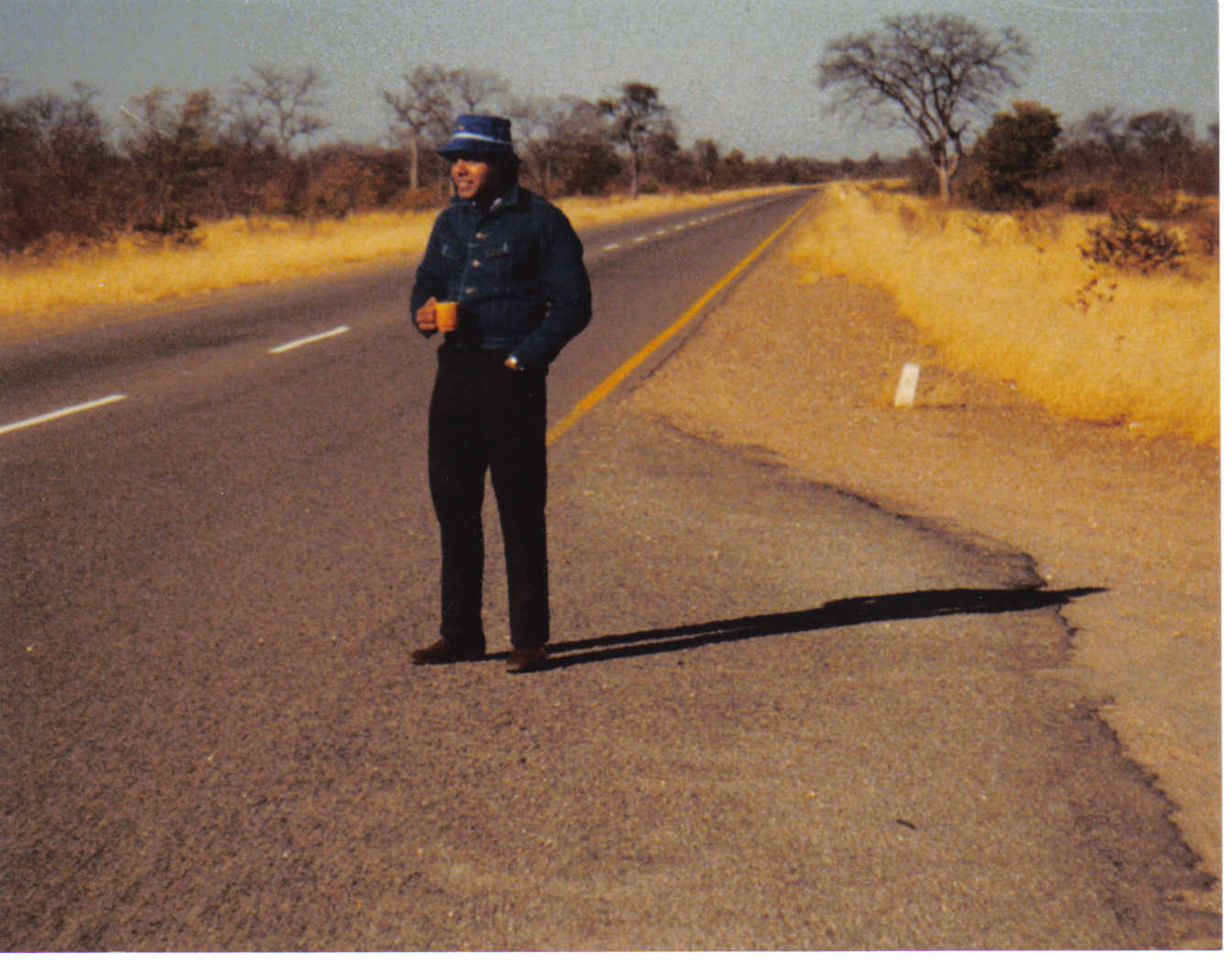
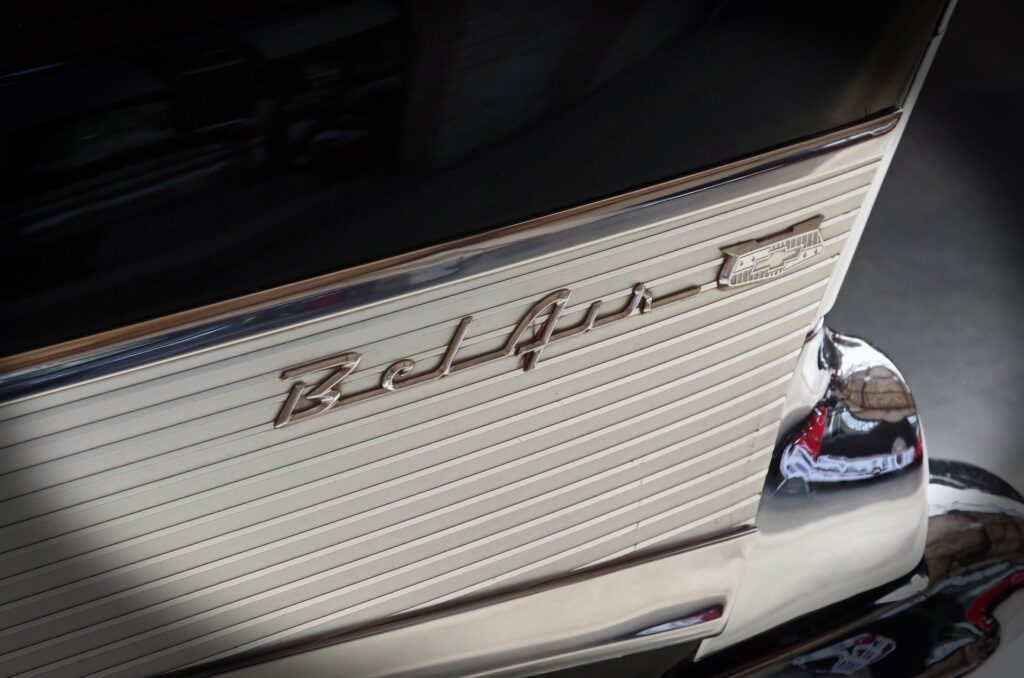
The Bel Air was first launched in 1950 and spans seven generations. But the ones that fascinate me the most cover the first five. These five generations are also likely the ones Collectors prefer the most. Let’s check them out here:
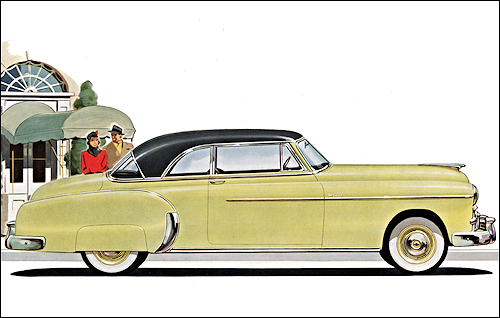
On introduction, the Bel Air is not too different from the Styleline and Fleetline models already in production. For the first two years, the Bel Air only comes as a two-door hardtop model. By 1953, the Chevy lineup changes to the “One-Fifty,” “Two-Ten,” and the updated Bel Air which is now available in four different styles. The Bel Air has truly arrived and starts to carve out its own name in automotive history.
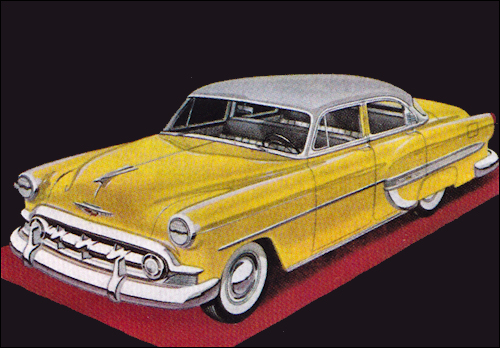
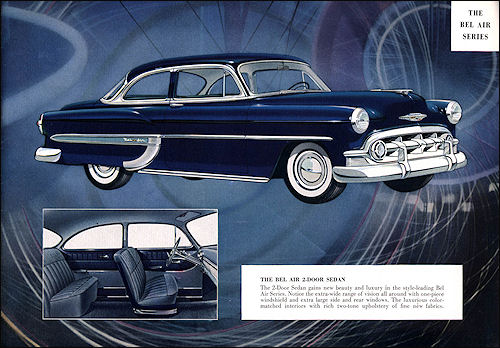
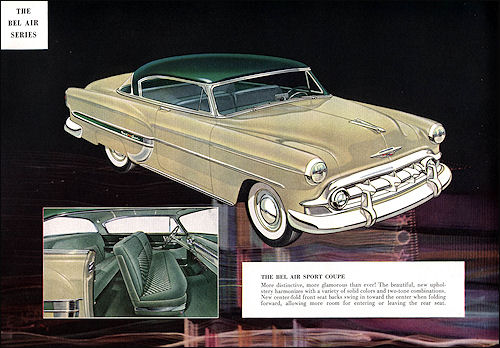
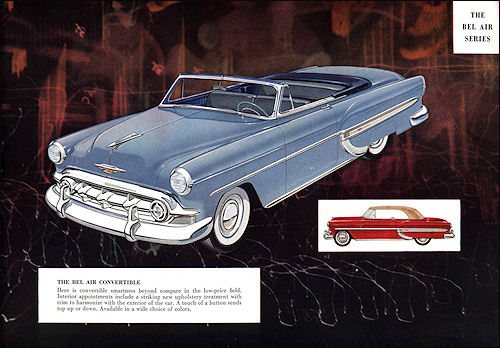
A station wagon version of the Bel Air is also offered as an option in 1954.
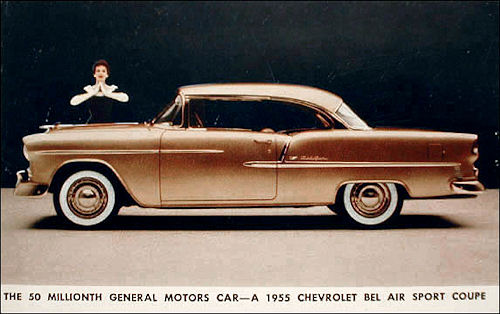
In 1955, further changes are made to the Bel Air under the hood as well as the external styling. The front grill acquires the “Ferrari” look, along with additional chrome trimmings. Chevrolet starts referring to the Bel Air as “The Hot One” – likely because of its popularity. It is lauded by critics for its handling and smooth “Powerglide” transmission. A V8 engine is also offered with the Bel Air, and these have the availability of A/C. While the ride, visibility, and handling are superb, there are still some minor issues which are ironed out in time.
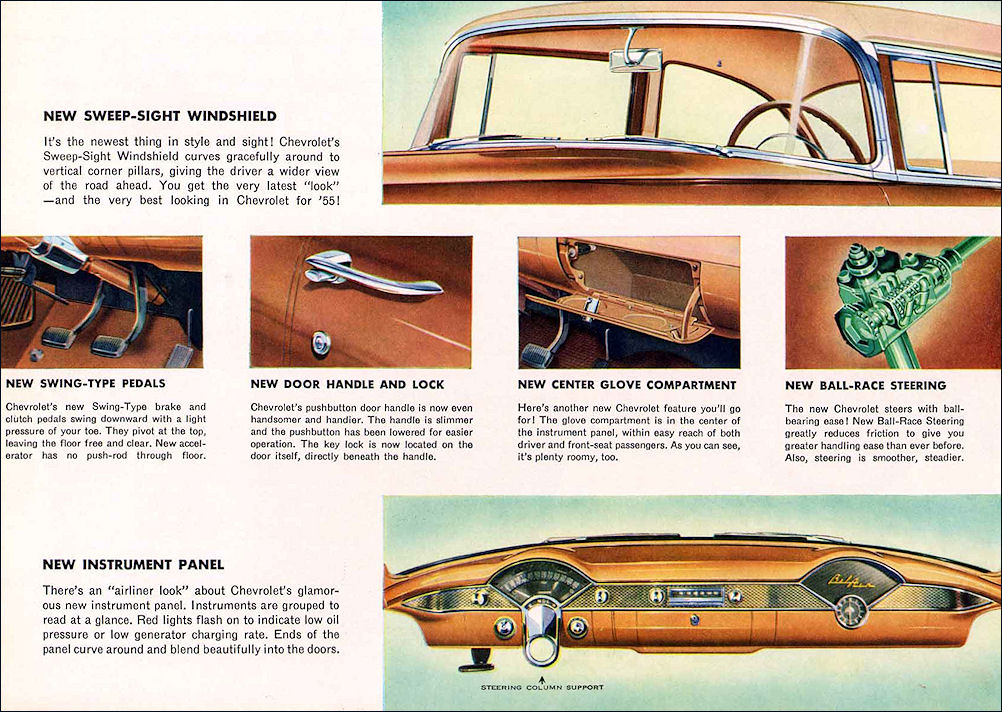
Design changes continue through 1956 with two tone paint, updated rear light layout with its hidden gas tank cover, emulating Cadillacs. A pillar-less door in the coupe adds to the looks. The Bel Air is now a style icon.
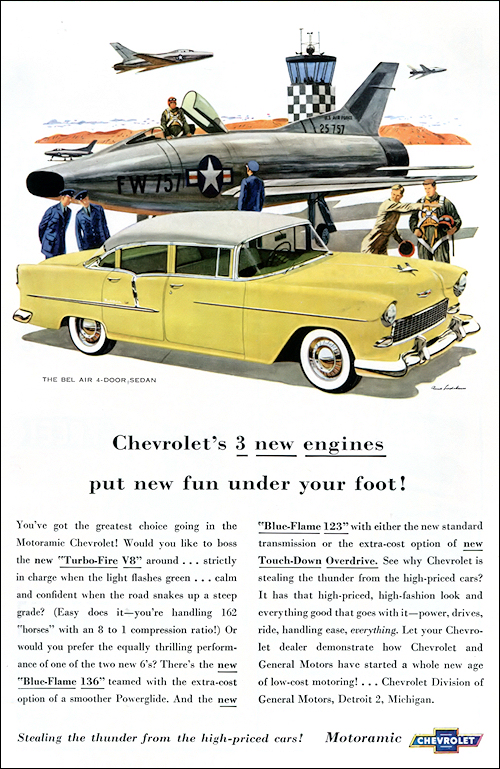
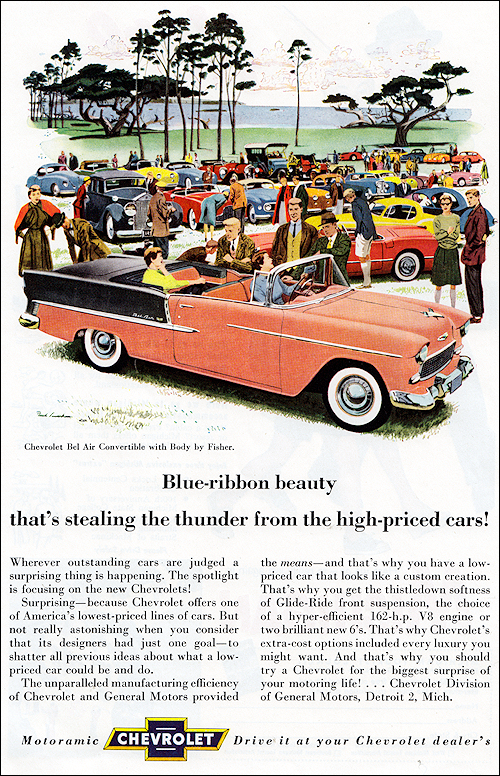
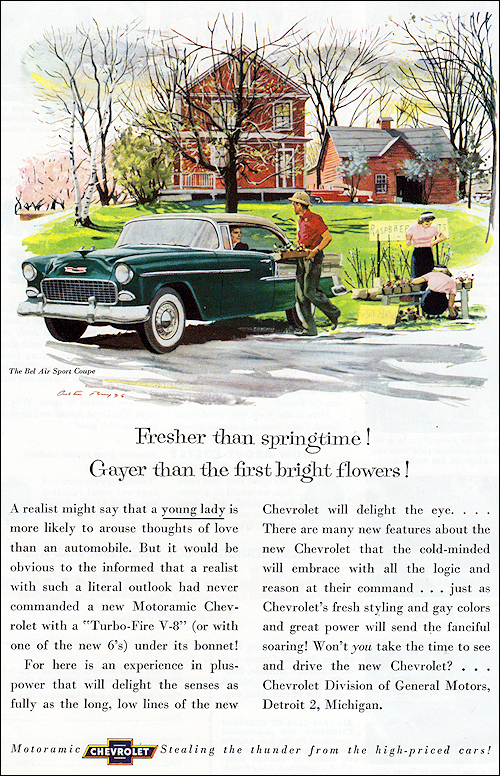
1957 Bel Air (Note the return of the “traditional” grill)
The 1957 Bel Air is the most beloved model, and likely the most recognized everywhere. It assumes a cult following and a definite icon of that time.
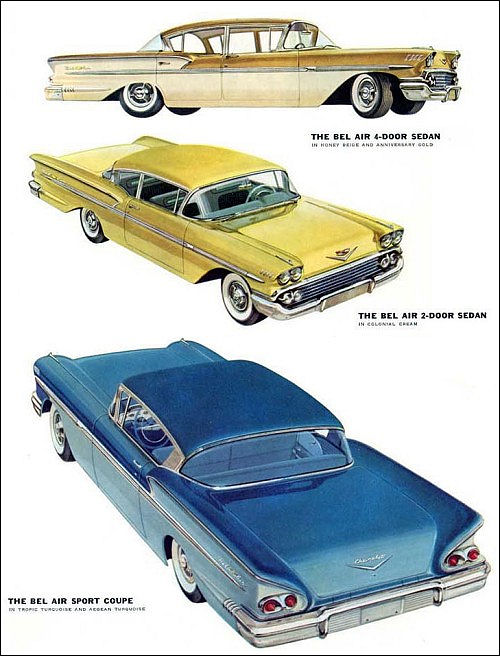
In 1958, the Bel Air goes through a major facelift. It is bigger, wider, and has a lower stance. Other updates include quad headlights, reduced chrome trim, among others. Times are changing as does the Bel Air accordingly. This year also sees the appearance of a new iconic name in the Chevy stable – the “Impala.” The Impala is given special attention as Chevrolet seem to have big plans for it.
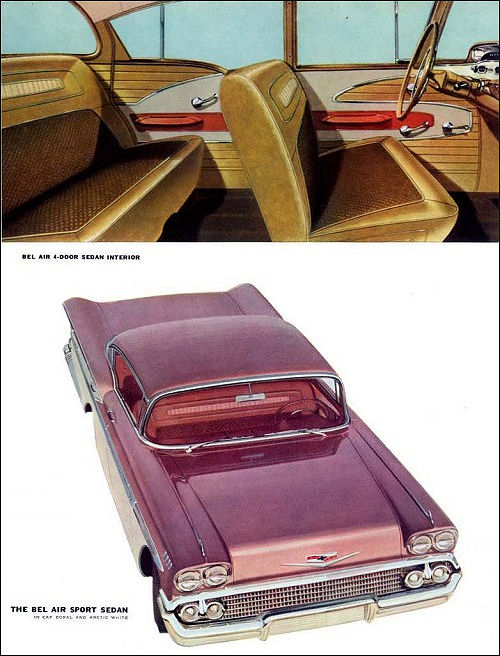
While similar looking, the Bel Air and Impala have some obvious differences. Many features in the upscale Cadillac member of the GM family are added to the Bel Air. One big difference in the 1958 model is the change in transmission selection to the one we still have today from the old “PNDLR” – something greatly appreciated by the public.
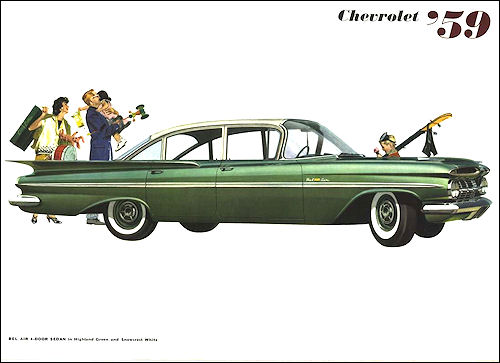
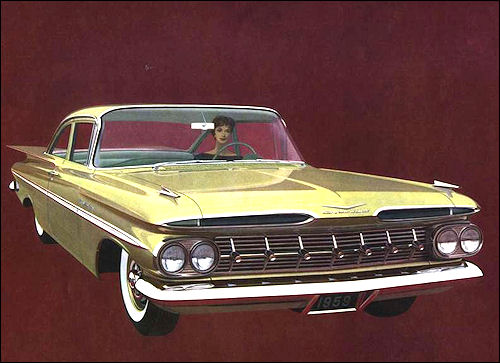
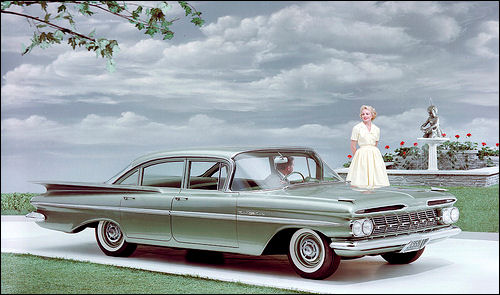
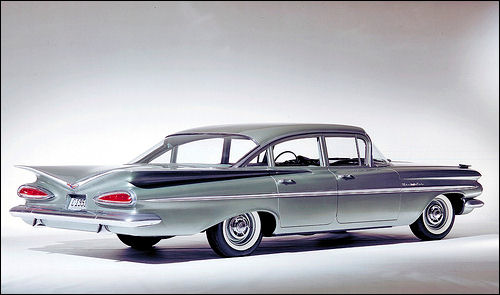
The year 1959 sees major styling updates for all Chevrolet models. I’ll let the images do the talking as we see grand tail fins and sweeping taillights dominate the cars of this era. Long, wide, and low slung was in. Cars are reflecting the new jet planes of the period. The Bel Air is in the very midst of this revolution.
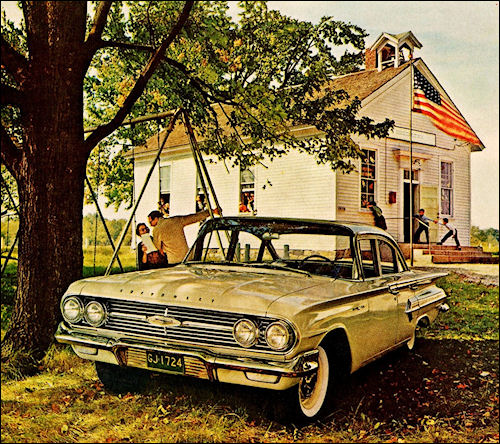
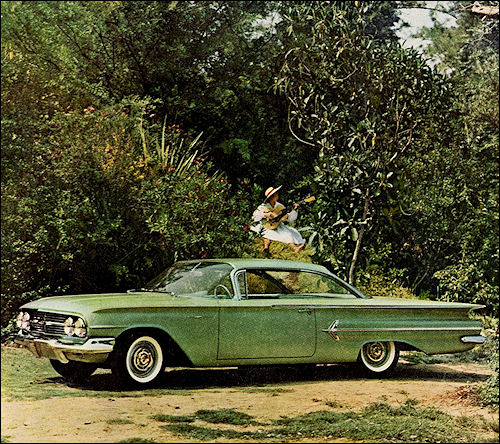
But Chevrolet has already started writing the script of their next flag bearer. And it will not be the Bel Air. The pinnacle of the Bel Air has come and gone. The future now belongs to the Impala.
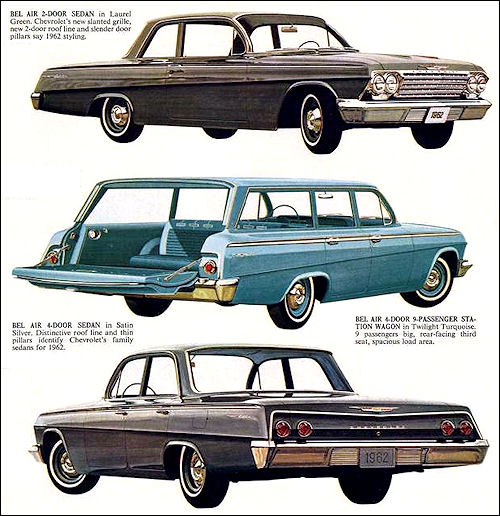
Although the Impala is “ascending,” the Bel Air is not completely out yet. By 1961, its tail fin is reduced significantly, and the wheelbase further lengthened. In fact the Bel Air continues being lengthened over these years.
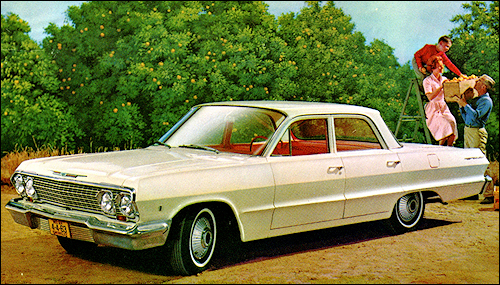
Another design update is done to the Bel Air in 1963. Actually the updates are executed right across the Chevy range. By now you need to look real closely to tell the difference between the Impala and Bel Air from the front. The twin double taillights of the Bel Air are a giveaway compared to the Impala’s triple taillights.
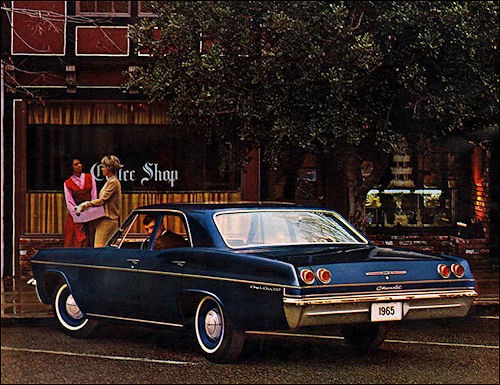
During these five years, Chevrolet adds many new models, and the only “old guard” are the Bel Air and Impala. The new models include Caprice, Chevelle, Corvair. The Impala creates new sales records 1965.
The major style changes included bulging rear fenders and sweeping lines. There is a brief period when the round taillights are replaced by rectangular ones in 1966-67. But the round ones thankfully return in 1968 and were sunk into the bumper – I think their best look yet. Unfortunately this round style is abandoned again in 1969. Externally and internally, there are tons of changes and upgrades too.
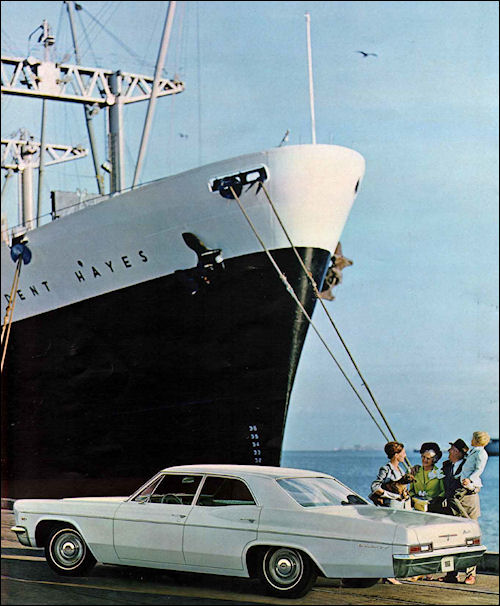
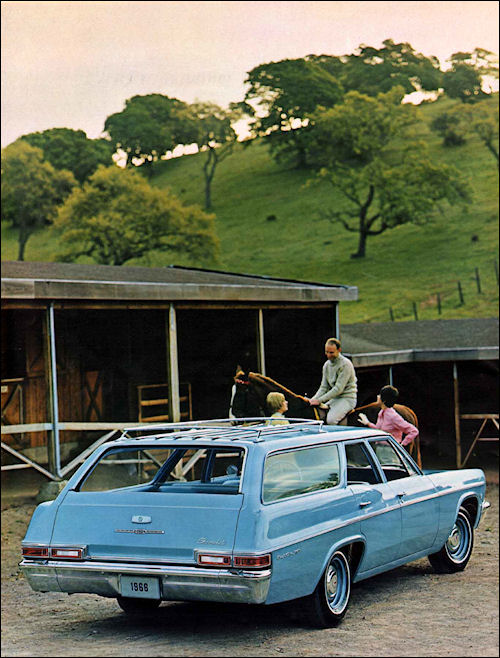
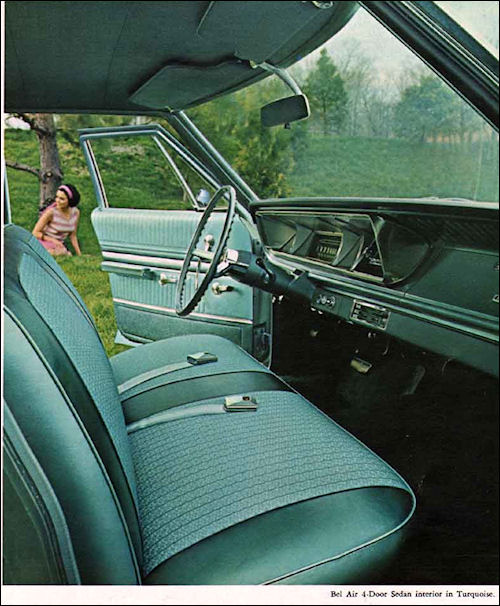
With the proliferation of so many new models, the Bel Air is losing it’s individuality and the aura it had in the 50s is well behind it by now.
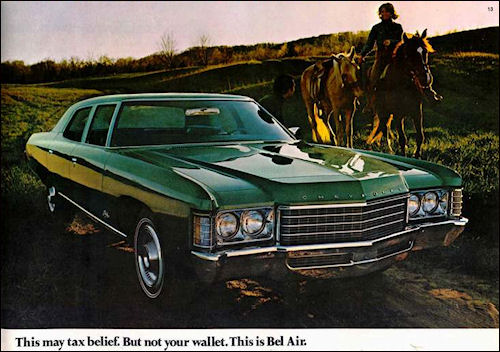
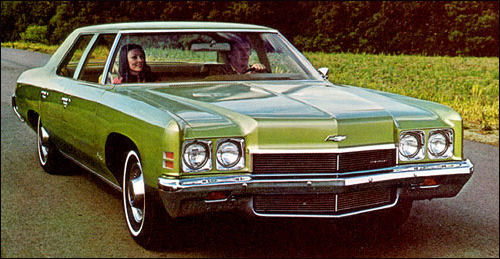
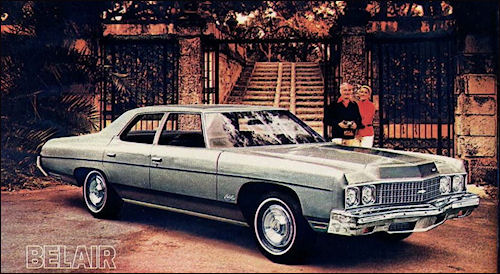
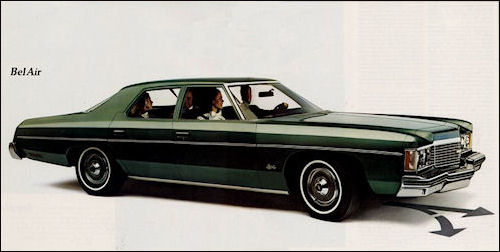
It’s surprising that Chevrolet even continues with the Bel Air beyond 1970. Chevrolet is expanding in all directions, but none justify so many similar models. As they say, hindsight is 20/20.
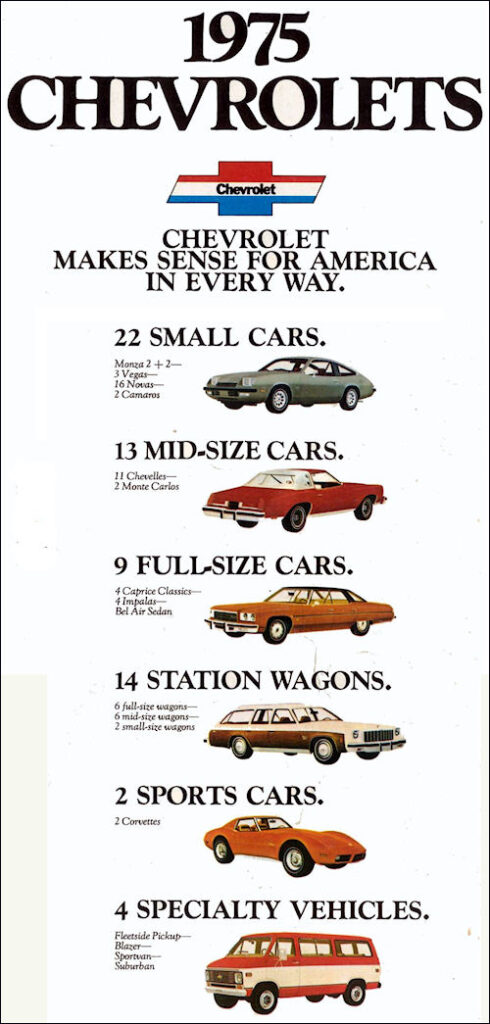
So, it’s hardly surprising that 1975 is the swan song of the true Chevy Bel Air. The name vanishes in 1976 and is only available as an economy model in Canada. It is manufactured there until 1981 when that too is killed off.
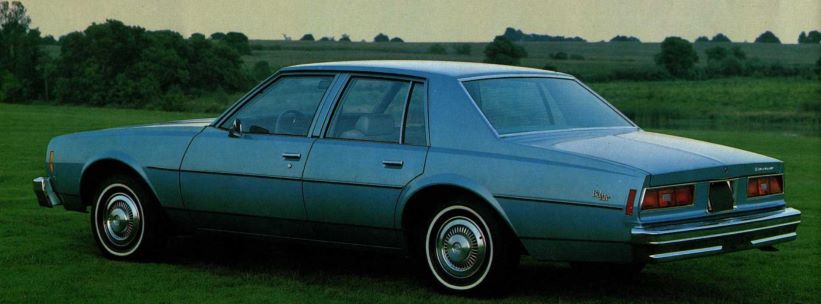
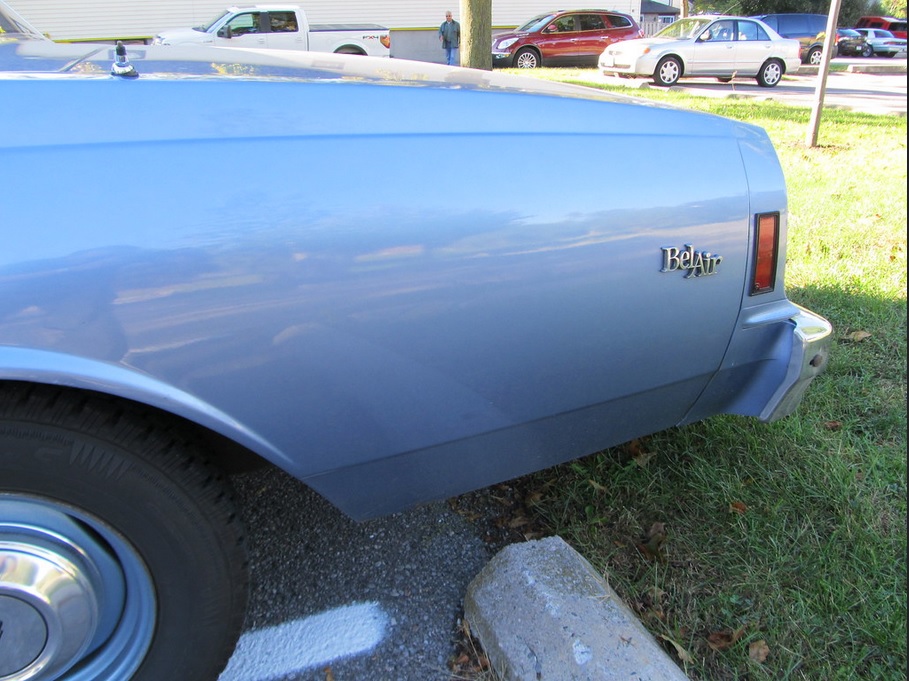
While the Bel Air seemed to start fading away in the late 60s, it attained a cult status among classic car enthusiasts. The 1957 Bel Air, especially, gained a big following. Some do original restorations, while others enjoy customizing it. It just has that pure classic feel and perfect design to it that makes it irresistable. Even among non-aficionados, this model is likely the most easily recognized of American classic cars. And it’s easy to see why.
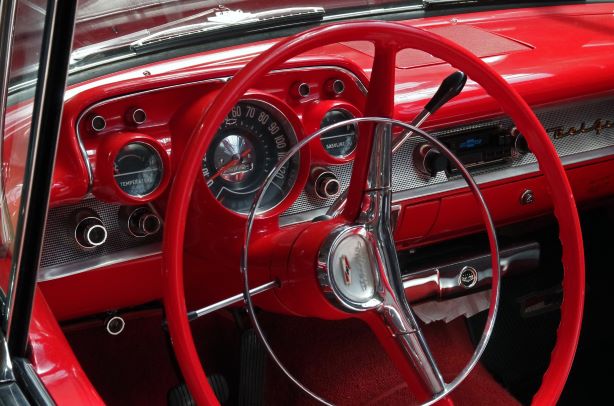
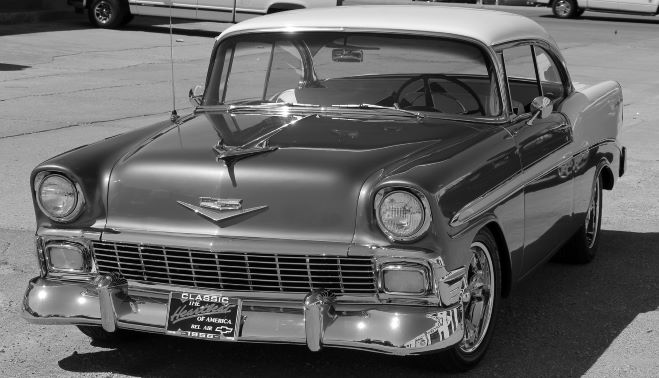
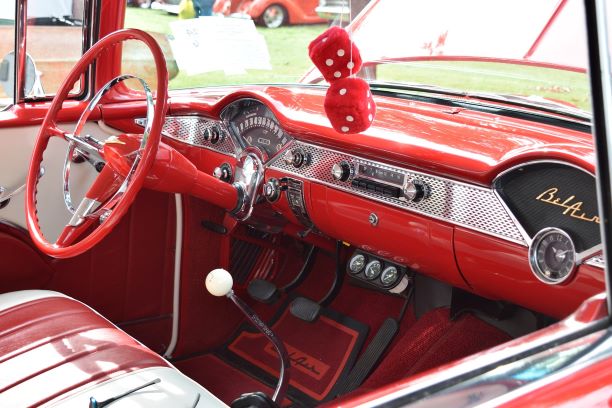
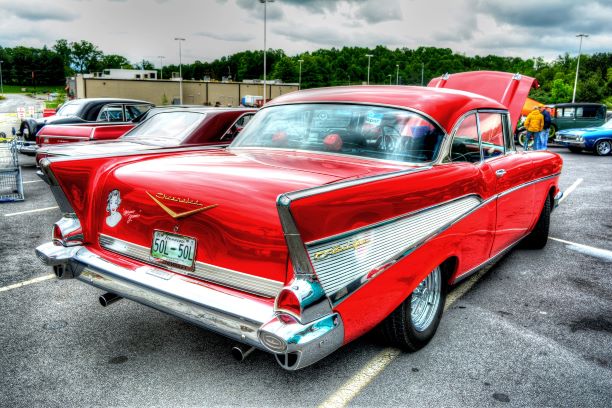
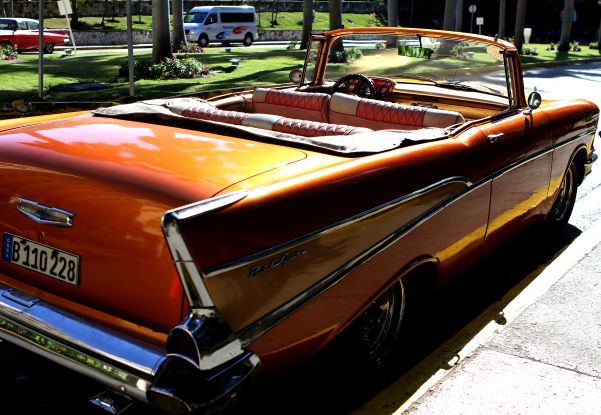
The Chevrolet Bel Air: a very significant part of our automotive history that continues to live on wherever classic car enthusiasts live.
We’ll look at another classic next time. Until then, feel free to add your comments using the link below.
Delahaye – The Lost French Icon
Rover 2000 – “Rebel of the Family”
De Soto Automobiles – What Happened?
Thaps On The Cars of Our Lives